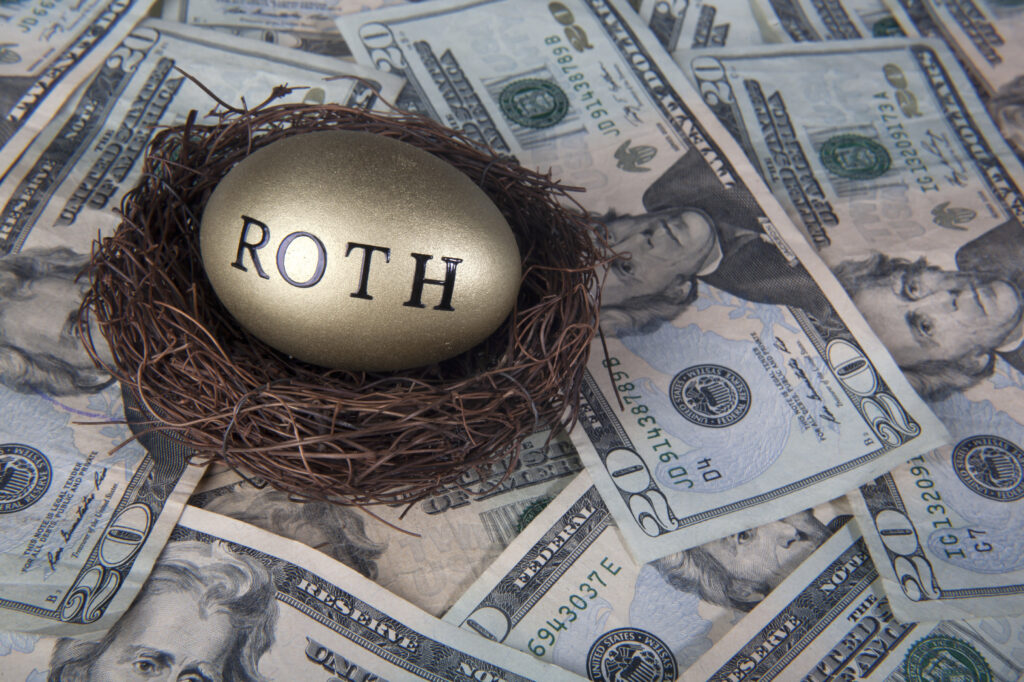A ROTH IRA can help you save for the future – with some flexibility.
Key takeaways:
- Roth contributions are made after taxes have been paid.
- Investments offer tax-free growth potential.
- If you need to access your contributions, you can withdraw them at any time with no taxes or penalties. There are some rules around withdrawing earnings.
ROTH IRA’s offer the potential for tax-free growth and tax-free withdrawals in retirement. But that’s not all – if you need money before retirement, you can withdraw the money you contribute to the account at any time, with no taxes or penalties.
Balance your long-term savings with short-term needs
Here’s how it works:
- Fund your new retirement account with contributions that are made after taxes have been paid.
- Grow your investments federal tax-free, as long as the money stays in the account.
- Withdraw money tax-free in retirement.But there are income limits: $140,000 for single filers in 2021; $208,000 for married taxpayers filing jointly.
You can save up to $6,000 for 2021. Over age 50? The limit is $7,000.
Who can contribute?
Anyone over age 18 with earned income. Minors with earned income can contribute to a custodial ROTH IRA.
When can I withdraw?
- Contributions – At any time without taxes or penalties
- Earnings – If 5 years have passed since your first contribution to a ROTH and at least one of these applies:
- You’re over age 59 ½
- OR First-time home purchase up to a lifetime limit of $10,000
- OR Due to death or disability
You can withdraw earnings without taxes or penalties,
- Withdrawals of earnings are also penalty-free when used for:
- Qualified higher education expenses
- OR Certain medical expenses
It can pay to start contributing to a ROTH IRA early.
- It allows more time for your money to potentially grow.
- Start the clock on the 5-year rule, just in case. In order to qualify for tax-free withdrawals of earnings, 5 years must have passed since your first ROTH contribution.
Tax-Free Growth as Long as You Live
Because ROTH IRA’s have no required minimum distributions, you can leave the money invested and potentially growing tax-free until you need it or pass it to your beneficiaries, also tax-free.
-Kevin Theissen



